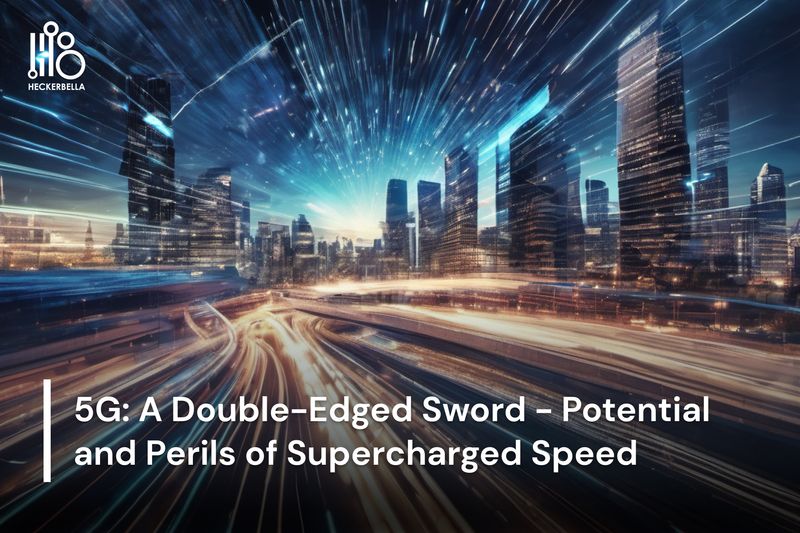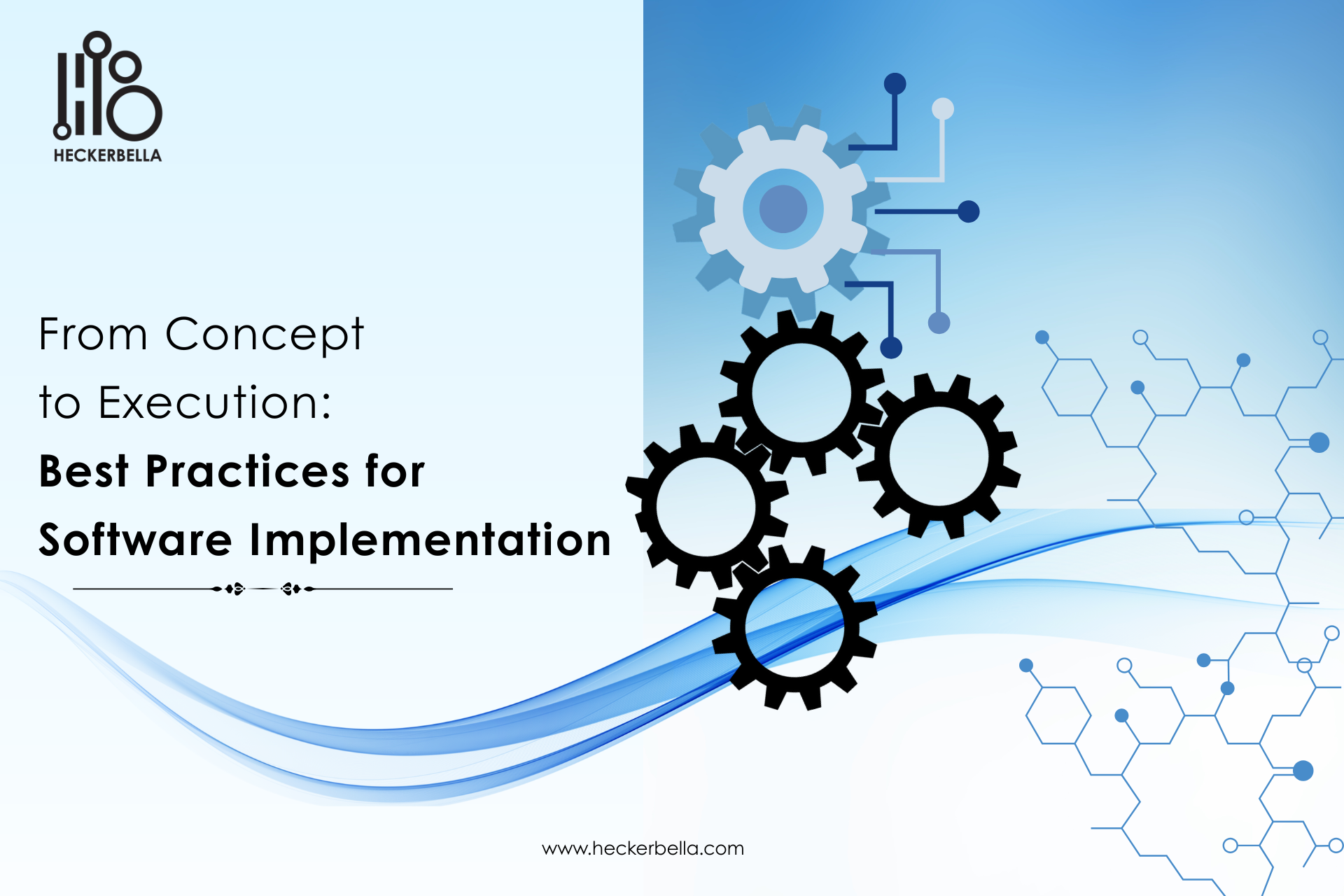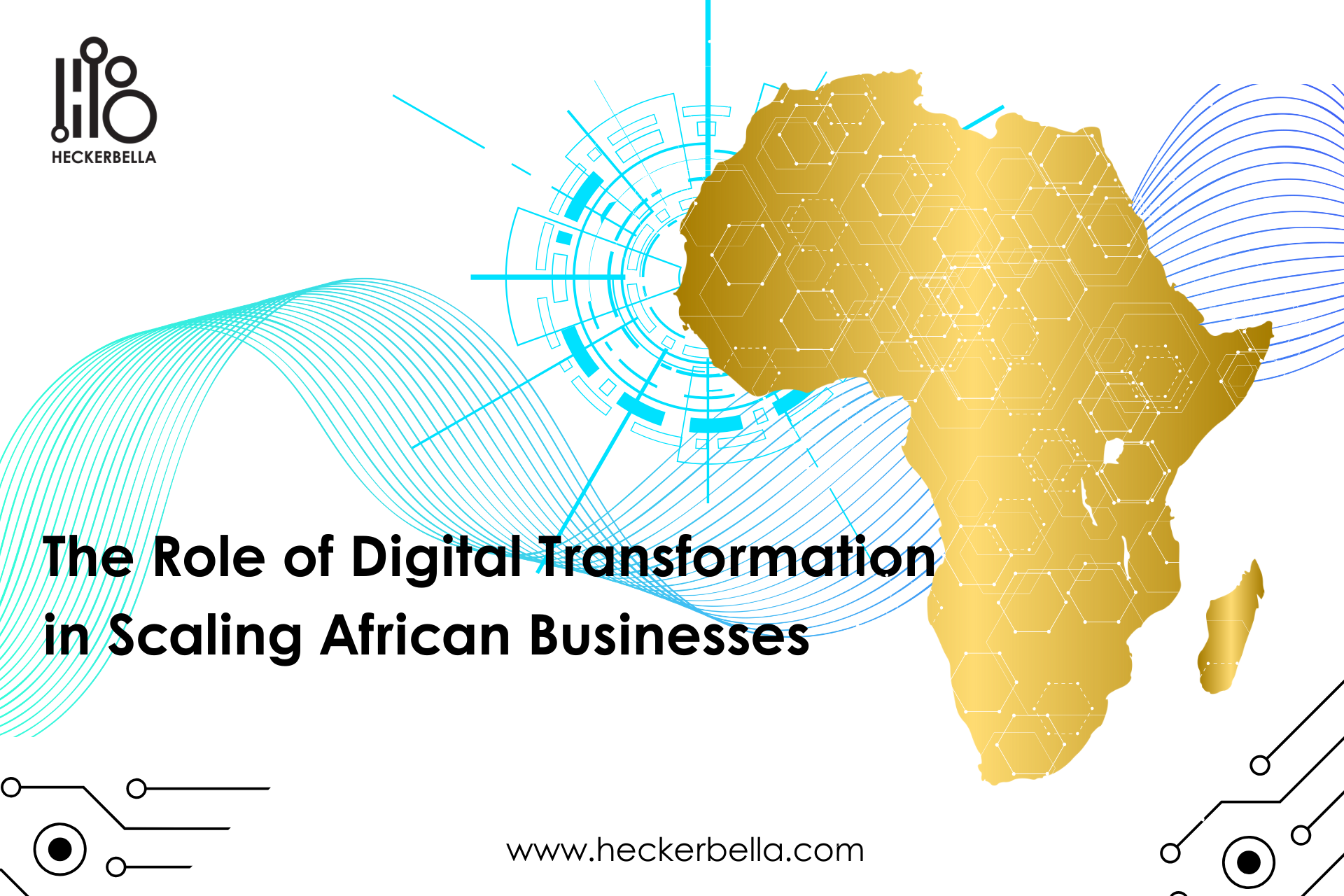5G: A Double-Edged Sword - Potential And Perils Of Supercharged Speed
Exodus Edet
March 18, 2024

5G promises a future with blazing-fast internet speeds and near-instantaneous connectivity. From revolutionizing healthcare and education to unlocking the potential of smart cities and the Internet of Things (IoT), the possibilities seem endless. However, like any powerful technology, 5G also carries potential risks that demand careful consideration.
Threats
1. Surveillance and PrivacyConcerns: 5G’s enhanced data processing capabilities could be exploited for intrusive surveillance by governments or corporations. Increased data collection and analysis raise concerns about individual privacy and the potential misuse of personal information.
2. Cybersecurity Vulnerabilities: Faster networks also create new entry points for cyberattacks. Increased network complexity and the vast number of connected devices could make 5G systems more susceptible to cyber threats and data breaches.
3. Widening Digital Divide: Unequal access to 5G infrastructure could exacerbate existing inequalities, leaving low-income communities and rural areas behind. This could further marginalize vulnerable populations and hinder inclusive development.
4. Health Concerns: Despite limited evidence, some concerns exist regarding the potential health impacts of 5G radio waves. More research is needed to assess and address these concerns effectively.
Mitigating the Risks
1. Strong Data Protection Regulations: Implementing robust data protection laws and user consent mechanisms is crucial to safeguard individual privacy and preventing unauthorized data collection. Transparency and accountability from governments and corporations are essential.
2. Cybersecurity Awareness and Training: Building public awareness about cybersecurity threats and providing training for professionals is vital to defend against cyberattacks. Investing in secure network infrastructure and implementing robust security protocols are also critical.
3. Universal Access Initiatives: Bridging the digital divide requires comprehensive programs to expand 5G infrastructure in underserved areas. Initiatives that promote affordability and digital literacy training can ensure equitable access for all.
4. Independent Research and Monitoring: Conducting independent research into the potential health risks of 5G radio waves and implementing ongoing monitoring programs are crucial to address public concerns and ensure responsible deployment.
Leveraging the Opportunities
1. Revolutionizing Healthcare: 5G’s low latency can enable real-time remote surgery, facilitate advanced telemedicine consultations, and improve medical equipment connectivity, potentially transforming healthcare delivery.
2. Enhancing Education: Immersive virtual reality experiences powered by 5G can revolutionize education, allowing students to explore the world and complex concepts in new ways, fostering deeper engagement and understanding.
3. Boosting Smart Cities: From optimizing traffic flow to managing energy consumption, 5G can support the development of smart cities that are more efficient, sustainable, and responsive to citizens’ needs.
4. Empowering the Internet of Things: The massive connectivity potential of 5G can unlock the full potential of the Internet of Things, enabling interconnected devices to automate tasks, improve efficiency, and drive innovation across various sectors.
The Way Forward
Sustainable technology offers a powerful path towards a greener future. However, navigating this path requires acknowledging potential challenges and actively mitigating risks. By fostering responsible development, promoting inclusivity, and continuously adapting our approach, we can ensure that sustainable technologies truly benefit both the planet and its people. Let’s harness the power of innovation responsibly, ensuring a future where environmental integrity thrives alongside human well-being, leaving no one behind.




